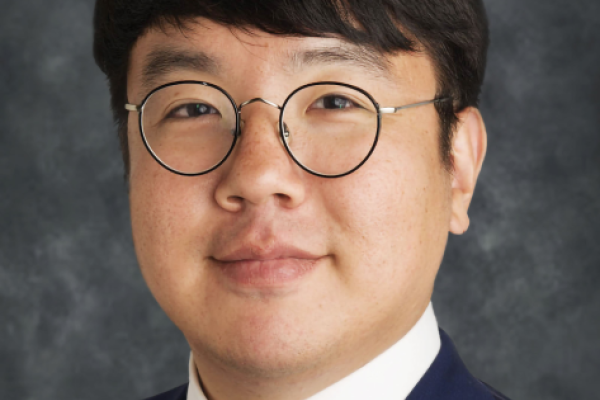What’s Next for the ‘Beauty Premium’ Research That Made Headlines One Year Ago?
About a year ago, University of Virginia School of Data Science associate professor Stephen Baek and his co-author Suyong Song were featured in news outlets ranging from a CBS medical show to the United Kingdom’s Daily Mail and Virginia public radio.
Why the uproar? Baek and Song had found a way to quantify and prove “the beauty premium” – the idea that conventionally attractive people tend to fare better when it comes to socioeconomic variables like income. In fact, they found that men who are one inch taller can expect an annual income increase of $1,000 compared to their shorter peers, while women who are one Body Mass Index unit higher can expect to lose $780 in annual income compared with their peers.
It is that precision and objectivity that sets Baek and Song’s work apart from other research on the beauty premium. Unlike many studies, their work is not based largely on measures such as height, weight or BMI, which Baek calls imprecise.
“Measures like height or BMI give an incomplete picture,” said Baek, who is an applied geometer, scientist and entrepreneur with an educational background in mechanical and aerospace engineering.
“If we both think about a person who is five feet tall and has a BMI of 25, we will picture completely different people. Some people are more muscular, some are more lean, some have more body fat.”
 Instead, Baek – who previously analyzed human body shapes for product design and other engineering purposes – used data from 3-D body scans, including 2,400 scans done in America and 2,000 in Europe as part of the 2002 Civilian American and European Surface Anthropometry Research project, or CAESAR. Baek and Song, a University of Iowa researcher who focuses on measurement and reporting error in economic models, paired the scans with extensive demographic information and tape-measure and caliper body measures.
Instead, Baek – who previously analyzed human body shapes for product design and other engineering purposes – used data from 3-D body scans, including 2,400 scans done in America and 2,000 in Europe as part of the 2002 Civilian American and European Surface Anthropometry Research project, or CAESAR. Baek and Song, a University of Iowa researcher who focuses on measurement and reporting error in economic models, paired the scans with extensive demographic information and tape-measure and caliper body measures.
Then, the two researchers input the scans into a machine-learning algorithm, which combed through the thousands and thousands of data points to sort the data into different human body shapes. The algorithm assigned those shapes a numerical value, giving Baek and Song quantitative shorthand for the variety of features that factor into our physical appearance.
Using data visualization, Baek and Song correlated those numerical values with different body shapes and parts and with the demographic information they collected. That is how they arrived at the more exact measures of income loss or gain.
“We have always had a suspicion that unfair bias in society is associated with physical appearance,” Baek said. “But this gives us concrete evidence, not just a suspicion. People can use this to build strong arguments pointing out quantitative evidence that we should change the job interview process, for example.”
Now, Baek and Song are working to get even more granular, looking at how particular traits like muscularity correlate to economic advantages or disadvantages. They also want to broaden their data, which was centered on scans from America and Europe, to look more specifically at the effects of race and skin color, and even of changes in skin tone within races.
Though their work on the beauty premium deservedly made headlines, Baek and Song are equally excited about other uses of their research. Baek, for example, envisions mapping different tumor shapes, helping physicians determine if smoother or more jagged shapes are associated with different outcomes in cancer treatment.
He also sees uses in material science or mechanical engineering.
“A surface might look flat, but at a microscopic level there are structures on it,” Baek said. “If you change the structure, you can change the property of the material to something that doesn’t exist in nature.”
For example, using scans and data analysis to better understand a material’s surface could help engineers create materials that are more hydrophobic or reject water. This could have all sorts of useful applications, such as creating airplane wings that are more resistant to dangerous ice buildup.
Clothing and shoe manufacturers particularly invested in fit, such as Nike, could also benefit from the technology, creating materials that better conform to the human foot or body and improve performance.
Engineers could even look into creating surfaces that are inhospitable to viruses, Baek said – something on all of our minds as we have seen the devastation inflicted by the COVID-19 pandemic.
All of that is at the top of Baek’s mind as he reflects on the media storm his work created and on the road ahead.

